Be structured, build a solid base and embrace your zones
-

Work and family life often impact on the time you have to train (Pic: Cycliscous/Richard Masoner, via Flickr Creative Commons)
-
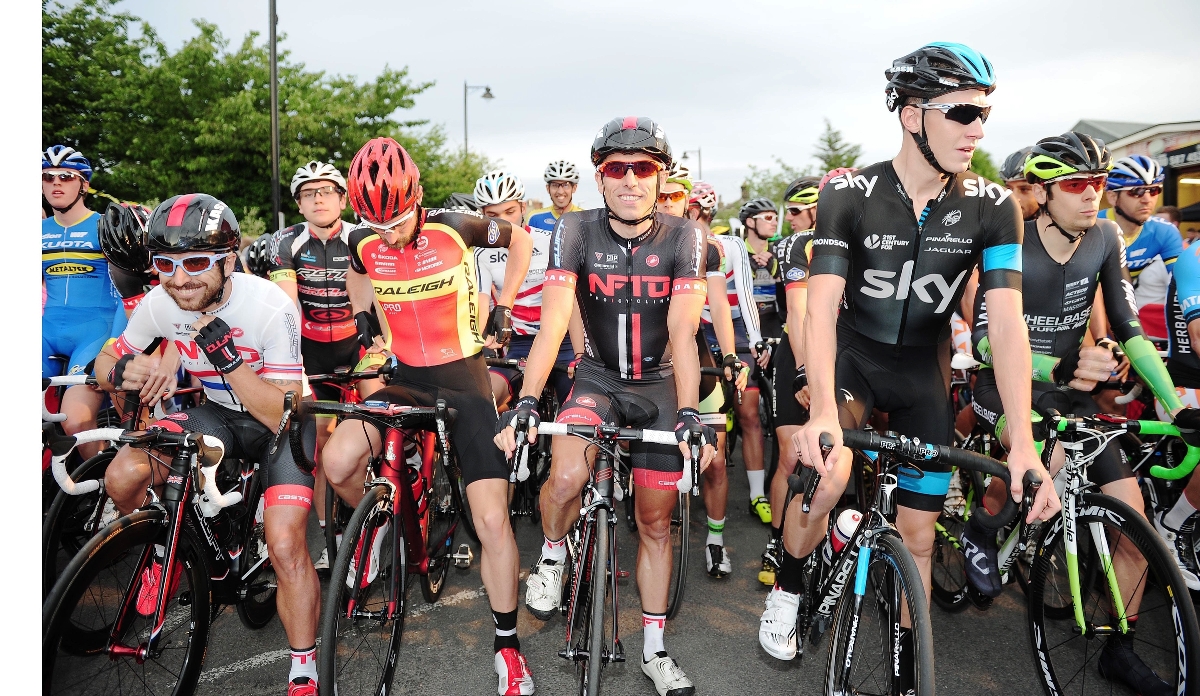
Downing, centre, raced for NFTO Pro Cycling in 2014 and found his training was increasingly time-constrained as he entered the twilight years of his career (Pic: Simon Wilkinson/SWpix.com)
-
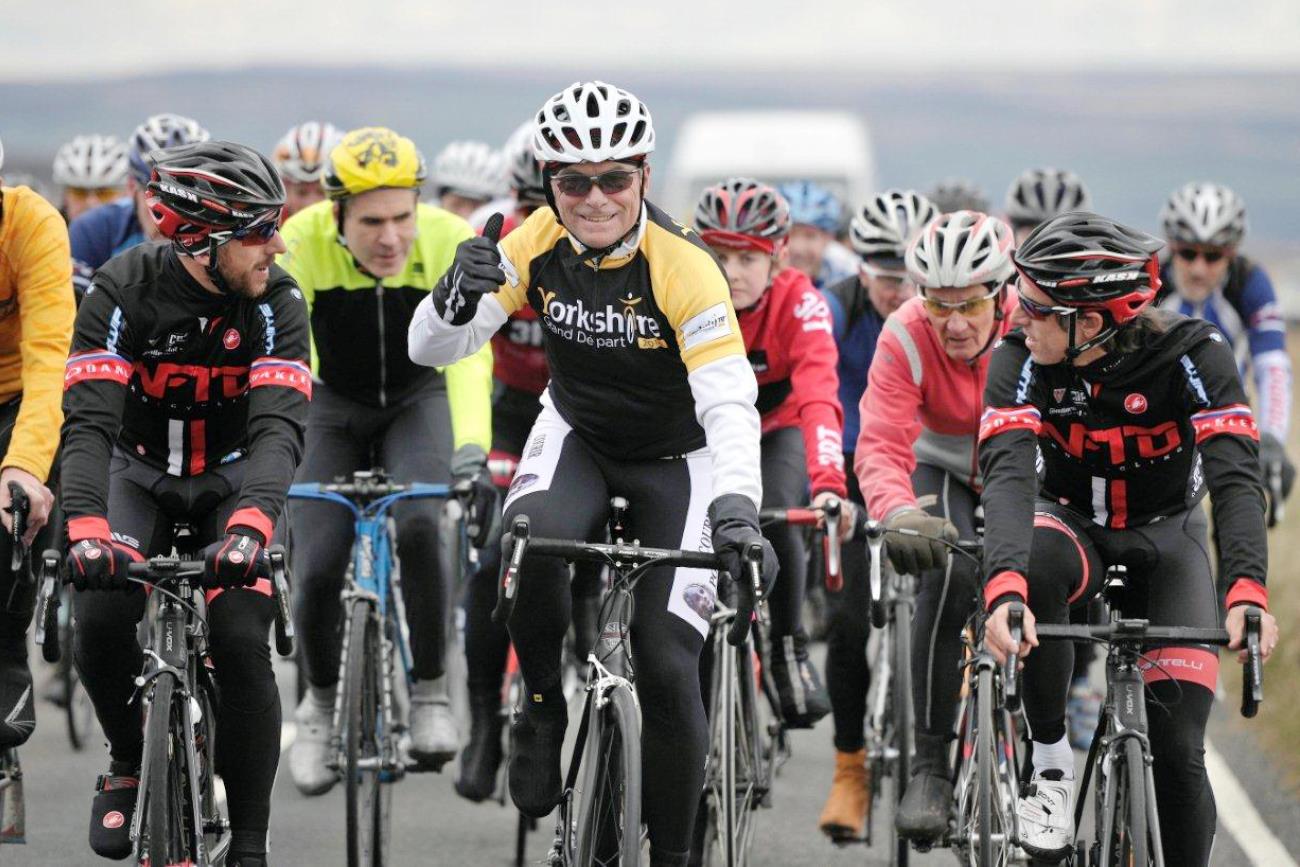
Structure is key to a successful training plan, says Downing, pictured right (Pic: Welcome to Yorkshire)
-
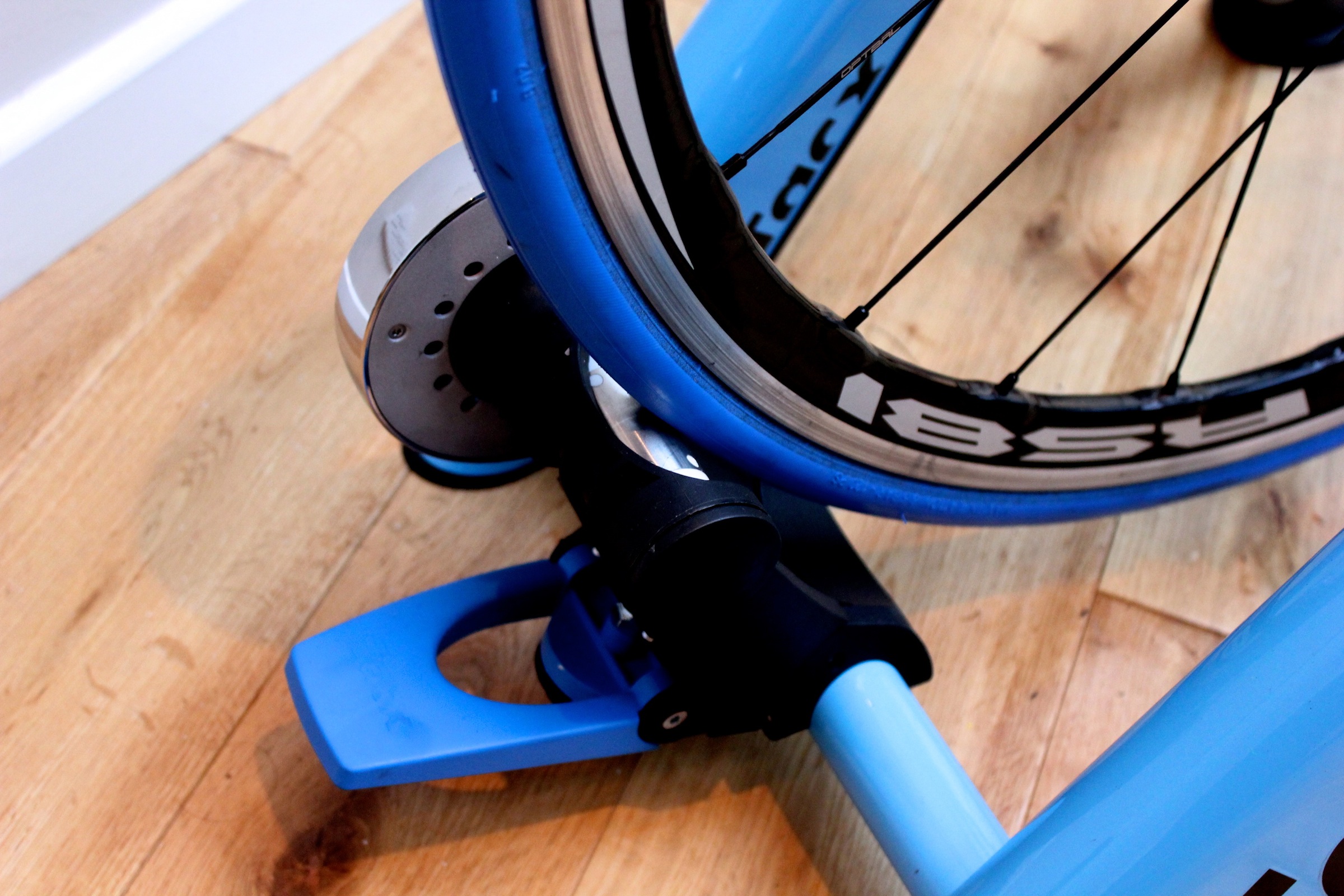
Downing says the turbo trainer is a valuable tool for a time-pressed rider
-
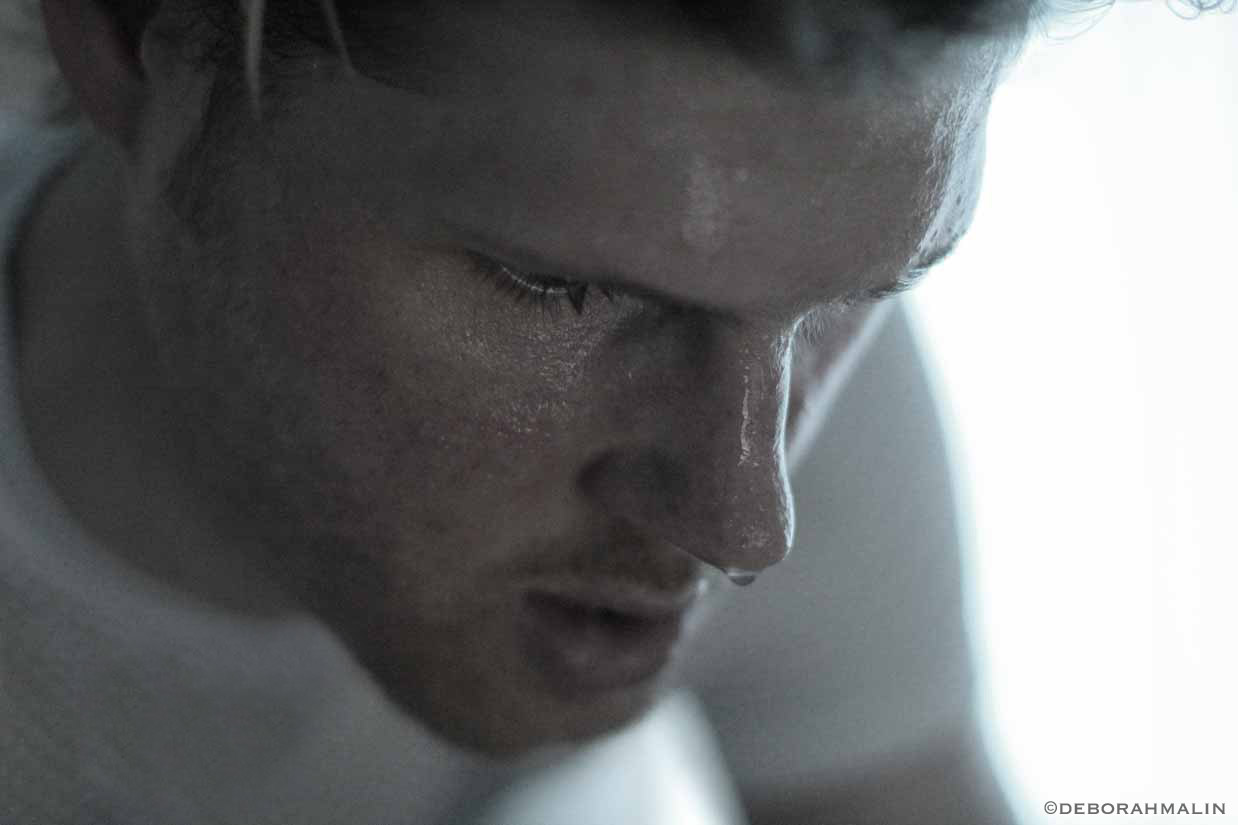
Increase the intensity of your training as the season goes on (Pic: Media24)
-

Downing also recommends using a WattBike for indoor sessions
-
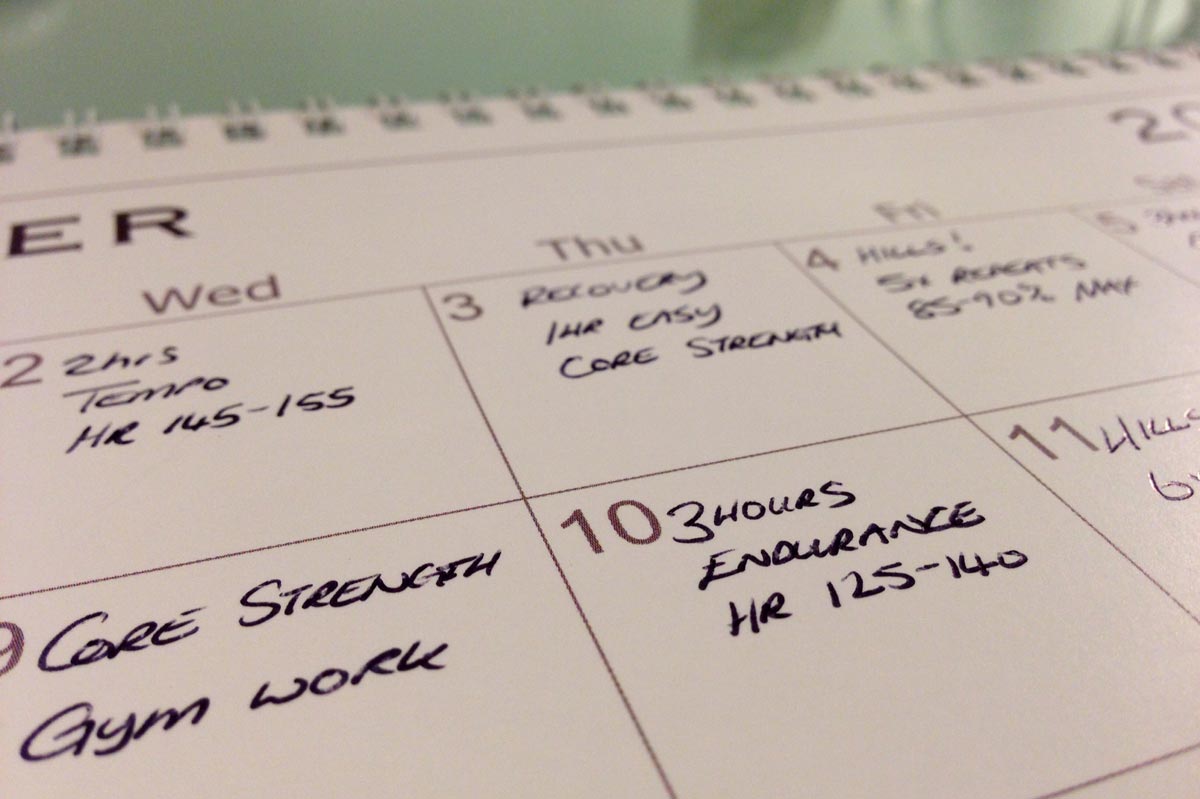
Shift patterns can also be incorporated into your training schedule (Pic: Media 24)
-
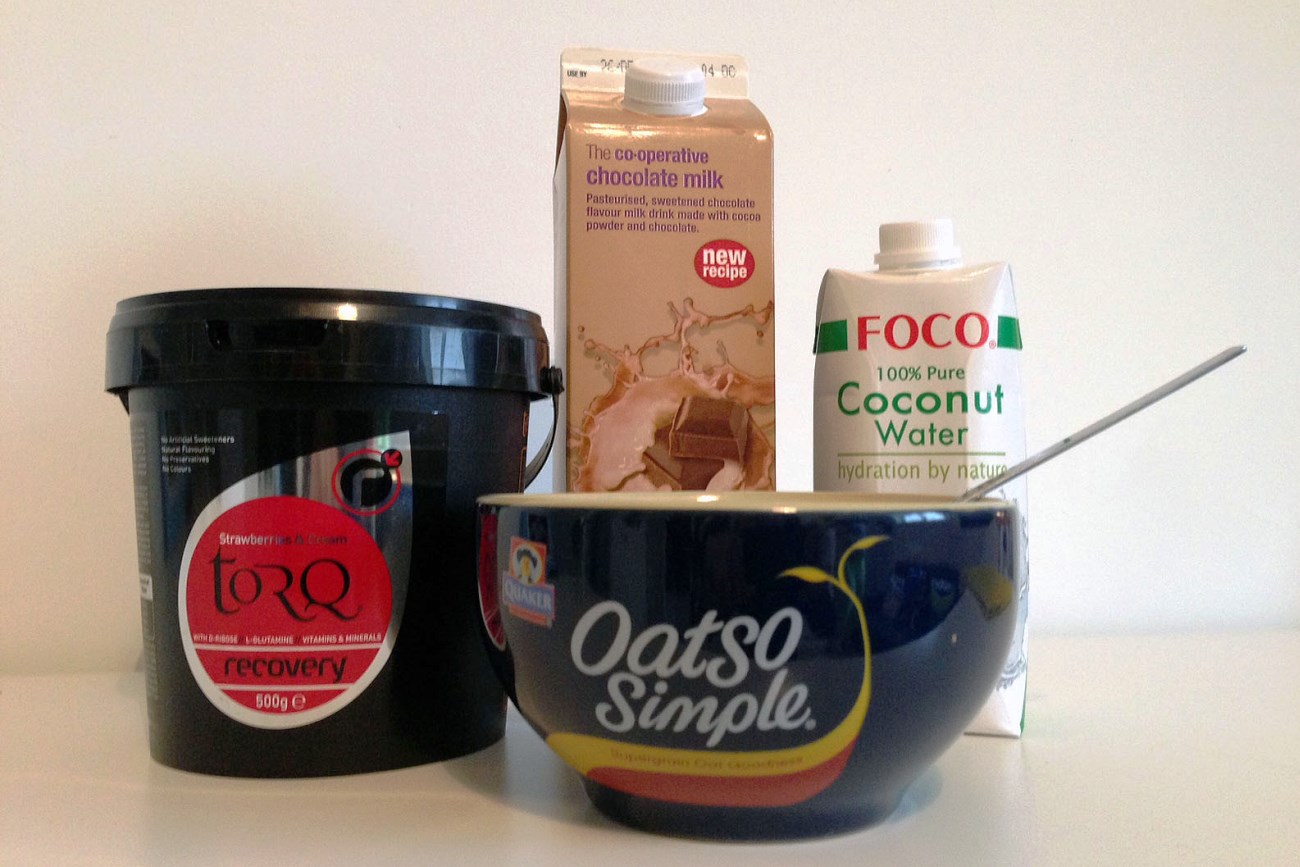
Breakfast is the most important meal of the day (Pic: Media 24)
Be structured, build a solid base and embrace your zones
Structure is the key to striking the balance between training, recovery and life outside cycling and Downing cites one of his clients as an example of what not to do.
“I’ve known this friend for a while and he always has a couple of months off in the winter,” says Downing. “He always used to come back and start smashing the turbo, doing intervals and then he’d get tired and wouldn’t do anything for a week because he was so tired from four, five sessions of smashing himself.”
As a result, Downing recommends using your training zones to gain the maximum physiological benefit from any training session, be it intervals or recovery. TrainSharp use an adapted version of British Cycling’s training zone model, with sessions based on recovery and then six zones from establishing base endurance (zone one), improving efficiency (two), improving sustainable power (three), increasing threshold (four), boosting VO2 Max (five) and increasing maximum power output (six), before the top ‘supra-maximal’ zone (which can’t be accurately measured using heart rate as your heart rate won’t react quick enough) to increase full gas sprint power.
“Generally at this time of year [in winter and early spring], I will be setting zone two (efficiency) and zone three (sustainable power) sessions,” he explains. “They are like the building blocks for your base but they are a harder than zone one base training.
“Nobody can do zone one base training every day, especially if you are working,” Downing continues, and increasing the intensity allows the rider to get more from their time, without inducing heavy fatigue.
While many professional riders will embark on regular five and six-hour rides through winter to re-build their base ahead of a busy racing season, Downing recommends that riders with limited time mix in some intensity – but says that adequate recovery is vital to progression.
“A lot of people forget how important recovery riding is to recover from hard sessions,” he says, and, returning to his friend, emphasises that a rider with limited time shouldn’t be fooled into thinking that every training session needs to be full gas.
| Training Zone | Purpose | % MHR | RPE (1-10)/How you feel | Duration | |
|---|---|---|---|---|---|
| Recovery | Regeneration and Recovery | < 60 | 1 Very relaxed. Able to carry on a conversation. | < 60’ | |
| 1. Basic | Establish base endurance | 60-65 | 2 Relaxed. Able to carry on a conversation. | 90’-360’ | |
| 2.Basic | Improve efficiency | 65-75 | 3 Working. Feel warmer. Heart rate and respiration up. May sweat. | 60’-240’ | |
| 3.Intensive | Improve sustainable power | 75-82 | 5 Hard work. Heart rate and respiration up. Carbon dioxide build-up. Sweating. Breathing hard. | 45’-120’ | |
| 4.Intensive | Push threshold up | 82-89 | 6 Stressed. Panting. Sweating freely. | 30’-60’ | |
| 5.Maximal | Sustain a high percentage of maximal aerobic power | 89-94 | 7 Very stressed. Gasping. Sweating heavily. | 14’-40’ | |
| 6.Maximal | Increase maximum power output | > 94 | 10 heavily stressed. Gasping. Sweating heavily. | 4’-10’ intervals | |
| Supra-maximal | Increase sprint power output | N/A | 10 extremely stressful. Gasping. Sweating heavily. | Short intervals |





